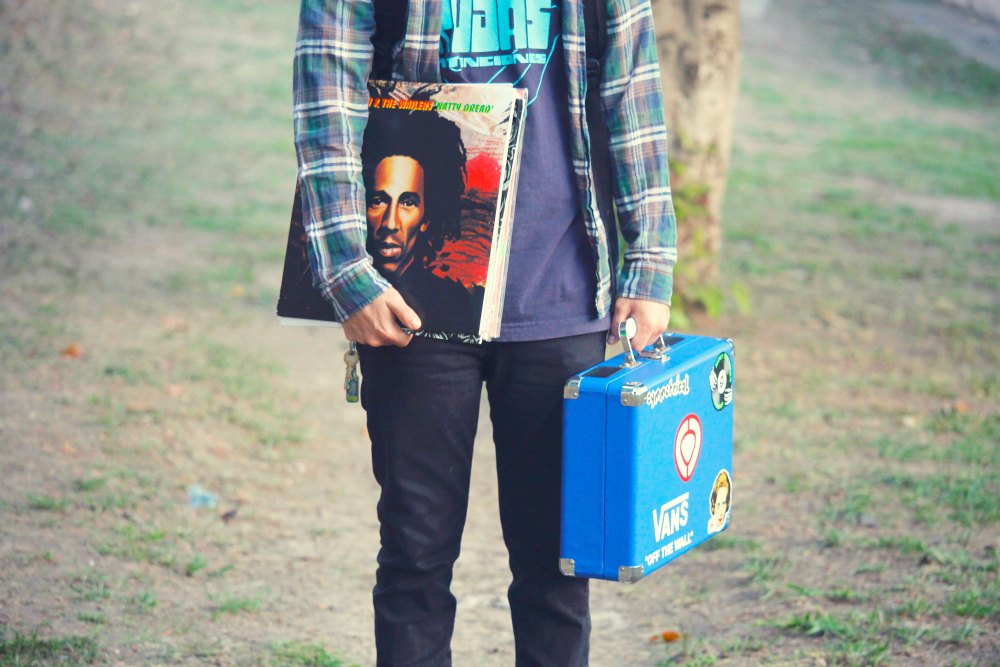We should not be surprised by the recent maelstrom of accusations of sexual harassment and assault. It’s a common occurrence, unfortunately, and until recently, one that has been hidden, silenced or even bought off. But times seem to be a-changing – and that’s certainly for the better. We see that there’s strength in numbers as literally hundreds of women and men are speaking out about their experiences of assault. This bravery not only shows adults, some who’ve been living with painful memories for years, that it’s important to stand up to sexual bullies and predators, it’s also teaching our youth that such behavior must not be tolerated.
At this point in time, while the topic of sexual abuse is front and center, unlike any other time in recent history, it’s the perfect opportunity to talk to our daughters. These conversations may not be easy, but they are necessary. What we must not forget, though, is to open up the conversations, not only with our daughters, but with our sons. Our job as parents is to raise healthy, independent adults who are participating citizens in the world. And we owe it to our sons to show them how to be sensitive, strong and respectful when it counts.
Men have a unique responsibility – for it is almost as offensive to know that sexual abuse has happened – and not say anything about it, as it is to be responsible for the actual assault. The silence seems a tacit approval. And if we want to live in a world where we respect one another, women cannot shoulder the burden alone. It’s a matter of changing the culture – what is deemed acceptable behavior. There is no easy way to change this.
There is, unfortunately, often a disconnect between sex and relationships. There is often an unspoken assumption that boys want sex, no matter what. That belief has been accepted and tolerated, not to mention exaggerated in media. Let your son know that it’s good to have a healthy relationship before he engages in truly intimate acts. Set high expectations and let him know it’s ok to want more than just sex. And while it’s crucial he learn to ask for consent, it’s important for him to know he also has the right to offer or refuse consent himself. Here are some tips to help your son understand and talk about sexual assault and truly understand the difference between the two. Help him to:
- Define sexual assault. Call it out for what it is. Be clear on what respect means, and how to honor other people’s space, whether you’re in an intimate relationship or just hanging out at school, a coffee shop, or somewhere else. Talk about the role of power and what it means to use and abuse power in a relationship.
- Understand consent. Find big and small ways to practice consent. Don’t take food off each other’s plates without asking, and make a direct connection to consent from one circumstance to consent in an intimate circumstance. When you want to enter your son’s room, ask for permission first and say something like, “I’m asking for consent and I am going to listen for your response and respect it.”
- Listen to others. Pay close attention to accounts from girls and women you know. Listen – don’t jump to comment but ask questions in a respectful manner. Get comfortable with the language and commit to changing the culture.
- Talk to boys and men. Check in and see how your son feels about this topic. Is he uncomfortable? If so, find out why and talk about it. The more you talk, the more comfortable with the topic you will become. And more importantly, the more informed he will be. Help him understand what it is to be of strong moral character as opposed to what can often be painted as a strong man in our pop culture. Help him know that boys and men can be victims of sexual assault as well, and his consent is important.
- Be brave. Call out mistreatment of others. It’s easier to look away or laugh along – Especially if it’s a friend or a “cool” or “popular” kid. Role play to help him understand how to be brave, and ask him where he can try to effect change in small ways to practice. Advocate for others. Teach your son to treat others kindly and change the culture literally person by person.
- Accept responsibility. You need to take responsibility and show your son that you will stand by him should he falter. It’s far better to learn from a mistake while you’re young and pay the price. If you sweep it under the rug it only reinforces bad behavior.
- Identify people he can go to. Your son needs to know whom he can turn to should he need help and can’t or won’t go to you. Who can he call on for help to be strong? Make sure he knows who those people are – ask him frequently in casual conversation.
We cannot change the culture with one conversation, one school assembly, or one article. We need true community intervention. Start the conversation with your friends and neighbors. Avoid casting judgment and ask each other questions. Help kids who are making mistakes and hurting others rather than labeling them and trying to avoid them. All kids make mistakes and when we hold them accountable and help them through it they can learn from the experience. Ask your school to host an assembly and a parent education event, and know this is just the beginning of the ongoing conversation that is so crucially needed. Participate, and model the behavior you expect of your son.
About the Author: Dr Amy Alamar
 Amy Alamar, EdD, has worked in the field of education as a teacher, teacher educator, researcher, parent educator, and education reformer for over fifteen years. In late 2014, Amy wrote Parenting for the Genius: Developing Confidence in Your Parenting through Reflective Practice. The book is a comprehensive guide to becoming the most thoughtful and confident parent possible, with anecdotes and details relating to the guidance and support of children from infant to young adult. In 2016, Amy was an invited guest of Michelle Obama at the White House for a conversation about kids’ health. Amy is also a contributing author to the Disney parenting website, Babble.com and a parent support specialist with Yellowbrick.me. Amy is married and the mother of three children whom she learns from and enjoys each and every day. She is a resident of Avon, CT, where she serves on the board of the Avon Education Foundation, dedicated to promoting and enhancing excellence in education. Find out more about Amy and her work by visiting her website, amyalamar.com.
Amy Alamar, EdD, has worked in the field of education as a teacher, teacher educator, researcher, parent educator, and education reformer for over fifteen years. In late 2014, Amy wrote Parenting for the Genius: Developing Confidence in Your Parenting through Reflective Practice. The book is a comprehensive guide to becoming the most thoughtful and confident parent possible, with anecdotes and details relating to the guidance and support of children from infant to young adult. In 2016, Amy was an invited guest of Michelle Obama at the White House for a conversation about kids’ health. Amy is also a contributing author to the Disney parenting website, Babble.com and a parent support specialist with Yellowbrick.me. Amy is married and the mother of three children whom she learns from and enjoys each and every day. She is a resident of Avon, CT, where she serves on the board of the Avon Education Foundation, dedicated to promoting and enhancing excellence in education. Find out more about Amy and her work by visiting her website, amyalamar.com.



Leave a Reply